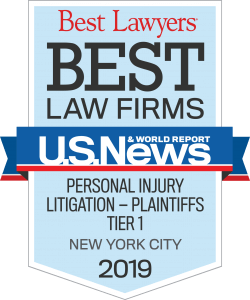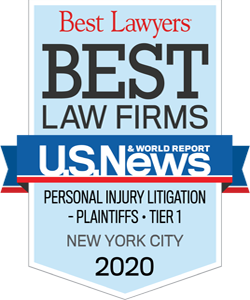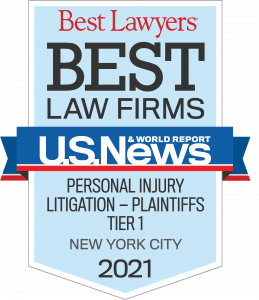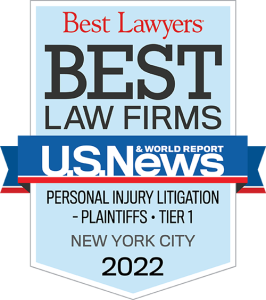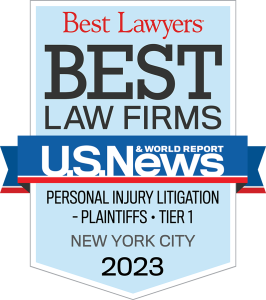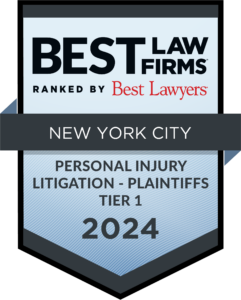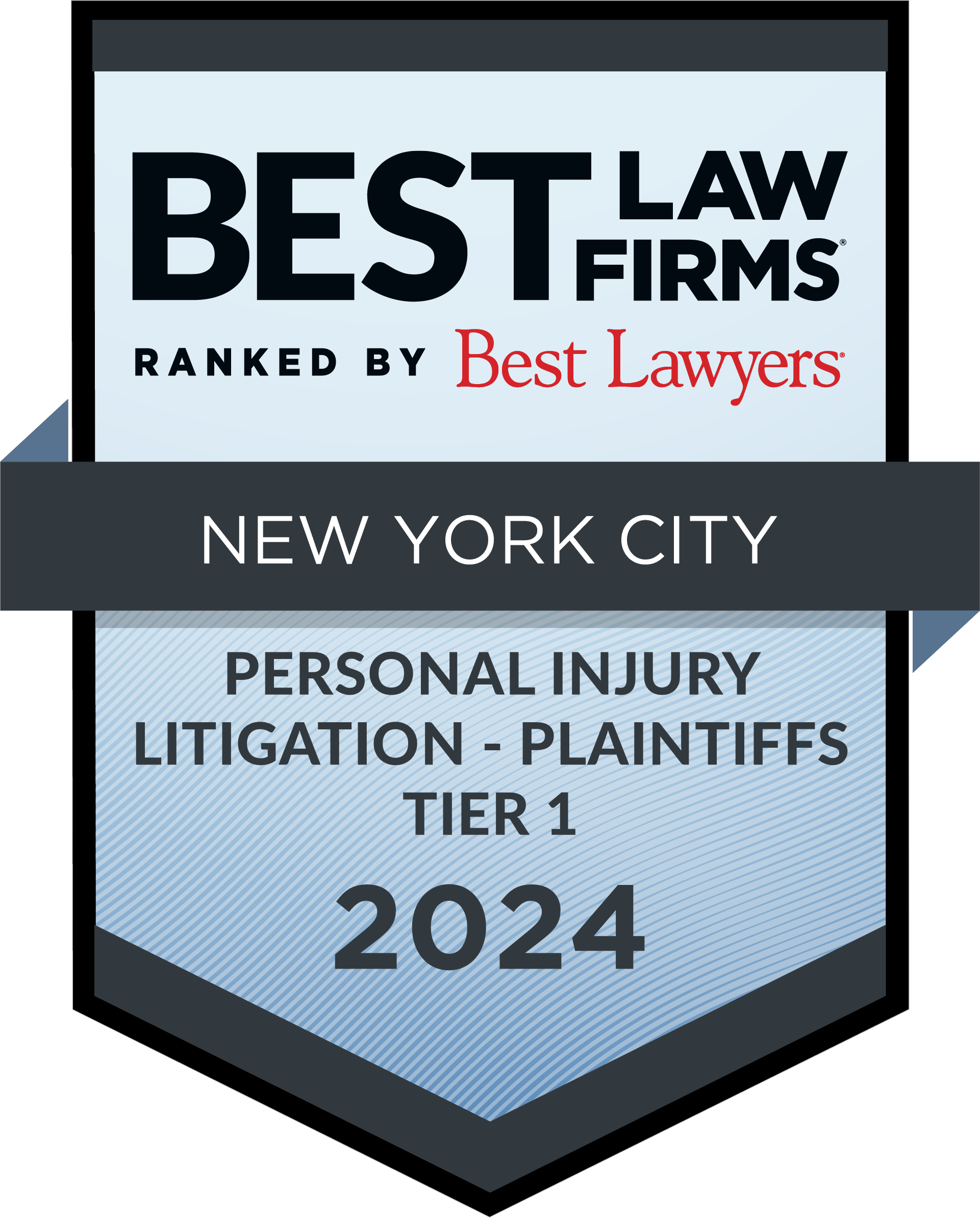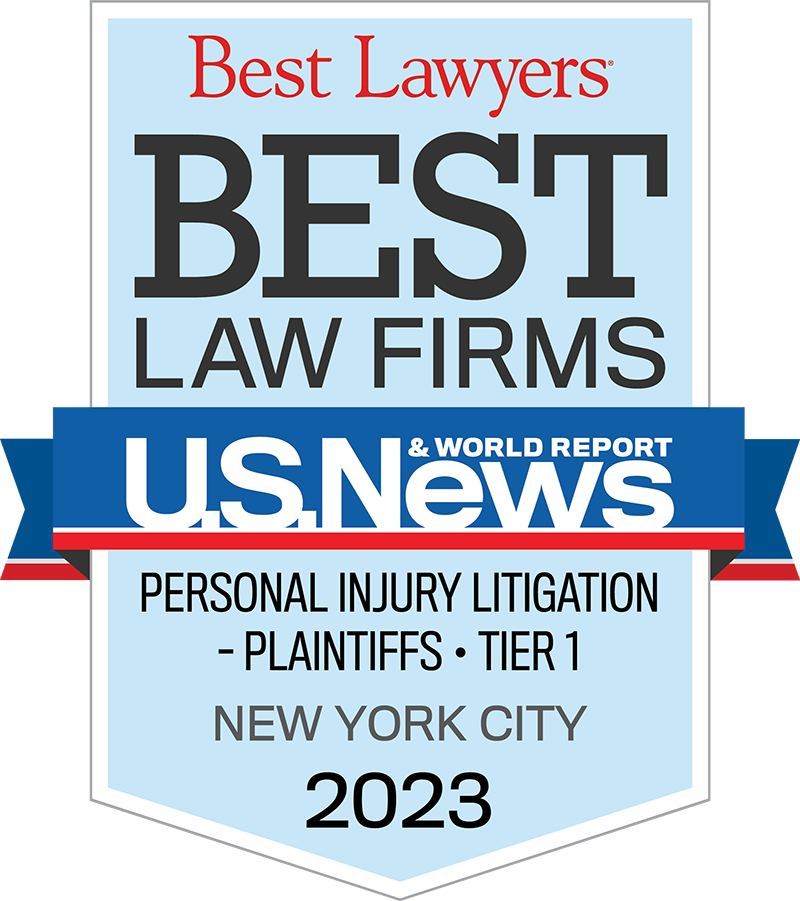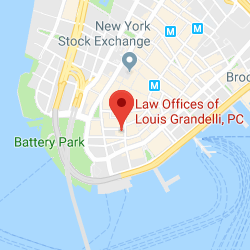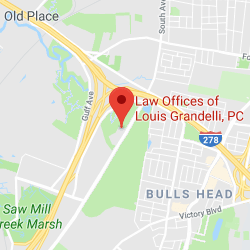
New York City was built and continues to grow in large part as a result of the hard work of construction workers who risk their lives at high elevations. These workers help shape one of the most iconic skylines in the world. Unfortunately, construction workers often work under dangerous conditions and are not provided adequate safety devices to perform their jobs safely. The New York State legislature enacted various statutes, including Labor Law §240(1), to protect workers from these risks.
New York Comparative Negligence Law
Labor Law §240(1) protects construction workers by holding owners, general contractors, and their agents liable if they fail to provide suitable safety devices. The statute imposes strict liability on owners and general contractors and prevents them from alleging comparative negligence on the part of the worker to avoid or limit liability. While recovery under the statute is not available if a plaintiff is the sole proximate cause of his or her injuries, a court will not consider comparative negligence as a defense. Thus, where a construction worker shows that Labor Law §240(1) was violated, the court should reject a defendant’s argument that a plaintiff was also at fault for his or her injuries. This is consistent with the goals of the statute, which was enacted to protect workers from the inherent risks of working in elevated sites and to encourage owners and general contractors to provide adequate safety equipment at job sites.
Moreover, in order to escape liability, defendants must demonstrate that the plaintiff (1) had adequate safety devices available, (2) knew both that the safety devices were available and that they were expected to use them, (3) chose for no good reason not to do so, and (4) would not have been injured had they not had that choice. Only if the defendants can show these elements can they establish that the worker was the sole proximate cause of the accident. This burden is also consistent with the goal of protecting workers, and it makes it more difficult for defendants to avoid liability.
Additionally, liability under Labor Law §240(1) is not restricted to building owners or general contractors. The statute can also apply to their agents, including lessees of property, who are liable if they had the right to insist that proper safety practices were followed. See Seferovic v. Atlantic Real Estate Holdings, LLC, 127 A.D.3d 1058 [2nd Dept. 2015]). A key factor is “whether the defendant had the right to exercise control over the work, not whether it actually exercised that right.” Thus, lessees of property may be liable under the statute. This creates multiple paths for recovery and means that there may be multiple defendants in a lawsuit involving this statute.
The lawyers at the Law Office of Louis Grandelli have extensive experience protecting the rights of our clients who have been injured in construction accidents. If you or a loved one has been injured in a construction accident, contact our offices for a free consultation.

